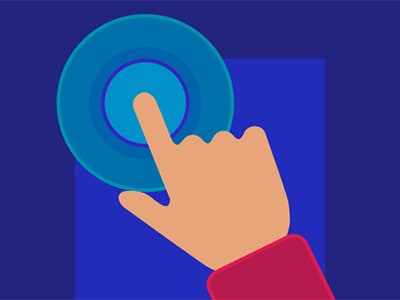The term “gamification” seems to be popping up everywhere lately, and for good reason. What is gamification? In a nutshell, it’s incorporating gaming into learning. It could actually be developing an instructional game for a course, but it’s typically used to describe adding game-like ideas and activities, such as leaderboards and badges learners earn after completing activities.
Done right, gamification can increase a user’s engagement and participation while influencing their behavior. The key here is that it has to be done right to get measurable results. Here are few key points to keep in mind when implementing gamification.
-
Having specific goals and objectives is crucial. Don’t add game components just for the sake of having them. You should be able to connect your game elements to your desired learning outcomes.
-
Karl M. Kapp mentions a perfect point in his article,Implementing Gamification: Consider These Tips, that you must “provide information to stakeholders on emerging gamification implementations in organizations that show business results”. Elearning gamification is about learning – yes, but stakeholders will want to know how it will increase ROI.
-
Don’t forget motivation! If learners don’t have a reason to participate, it’s likely that they will lose their motivation to engage quite quickly. Understand your learners’ intrinsic and extrinsic motivation. Offering alternatives within the training can help personalize the experience. For tips on increasing motivation, see our earlier blog post, What’s my motivation? Building learner interest.
-
Utilize effective design. In 30 Facts About Gamification in eLearning, by John Laskaris, he lists some of the more favorable gamification techniques such as: progressing to different levels, scores, avatars, and virtual currencies. When designing, you want your learning to get a sense of risk versus reward.
Gamification is a perfect example of serendipitous learning. In our previous blog post, Serendipitous Learning, Monica Savage discussed how “designing for chance and openness – and allowing participants to interact with the public in some way – are crucial paths to a successful learning game”.
Ultimately, when you decide to implement gamification your goal is to change behavior. Understanding what may be stopping your learners from producing your desired outcome is key to making adjustments to the gamified learning.
What’s been your experience in incorporating gamification into your projects? How do you guarantee measurable results?







